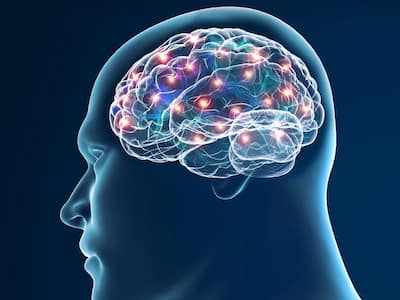
Dr Rajesh Kumar Alugolu, the Head Functional Neurosurgery at Citi Neuro Centre, Hyderabad speaks on the areas of advancements in the treatment and management of Parkinson’s disease.
Parkinson’s disease is a neurodegenerative condition characterised by the gradual worsening of motor functions. It consists of a combination of motor symptoms such as tremors, rigidity, bradykinesia (slowness of movement), and postural instability. The past few decades have witnessed remarkable advancements in the treatment and management of this complex condition, offering new hope and an improved quality of life for those affected.
Innovations In Parkinson’s Disease Treatment And Management
Dr Rajesh Kumar Alugolu, the Head Functional Neurosurgery at Citi Neuro Centre, Hyderabad spoke to TheHealthsite.com on the areas of advancements in the treatment and management of Parkinson’s disease.
Pharmaceutical Advancements
Pharmaceutical innovations have played a pivotal role in revolutionising the management of Parkinson’s disease. Levodopa, introduced in the 1960s, remains a cornerstone of treatment by replenishing dopamine levels in the brain. However, its long-term use often leads to complications, such as motor fluctuations and dyskinesias. In response, novel formulations and delivery methods have been developed to address these issues. Extended-release formulations and combination drugs offer more consistent symptom control, while continuous delivery methods, like Duodopa, provide a steady infusion of levodopa directly into the small intestine, reducing fluctuations.
Beyond levodopa, advancements in medication have expanded treatment options. Dopamine agonists, like pramipexole and ropinirole, mimic dopamine’s effects, alleviating symptoms and delaying the need for levodopa.
Deep Brain Stimulation (DBS)
Deep brain stimulation (DBS) involves implanting electrodes into specific brain regions responsible for motor control. These electrodes emit electrical pulses that modulate abnormal neural activity, effectively reducing motor symptoms. DBS has been particularly beneficial for patients with severe tremors, rigidity, and dyskinesias who do not respond optimally to medications alone.
In recent years, advancements in DBS technology have further refined the procedure’s effectiveness and safety. DBS devices have become smaller in size in recent years, leading to a smaller incision and better aesthetics as well. Rechargeable DBS devices with practically perpetual battery life lead to practically no replacement surgeries in the future. Patient programming and therapy optimisation, which were a major part of patient and physician burden post-surgery, have become easy and targeted to patient-specific brains. This is leading to better therapy optimisation in less time, enabling patients to live a better life sooner after surgery while at the same time reducing the burden of frequent follow-ups post-surgery.
Personalised Medicine
Genetic testing can identify specific mutations associated with Parkinson’s, allowing for tailored treatment plans based on individual risk factors and genetic profiles. This approach not only enhances treatment efficacy but also opens doors to early intervention strategies that may delay disease progression.
READ RELATED: 7 Steps to Eating Like Cindy Crawford for Weight Loss
Digital Health And Telemedicine
Advances in digital health technology have facilitated remote monitoring and management of Parkinson’s disease. Wearable devices, such as smartwatches, can track movement, tremors, and sleep patterns, providing invaluable data for both patients and healthcare providers. This real-time information enables more precise medication adjustments and the early detection of complications.
Telemedicine platforms have also emerged as vital tools, especially during the COVID-19 pandemic. Virtual consultations allow patients to receive expert care and guidance without the need for in-person visits. This approach enhances accessibility to specialised care, reduces travel-related burdens, and promotes regular communication between patients and healthcare providers.
Holistic Approaches
Innovations in Parkinson’s disease treatment have extended beyond pharmaceuticals and medical devices to encompass holistic approaches. Physical therapy, speech therapy, and occupational therapy help patients maintain mobility, speech clarity, and independence. Furthermore, complementary therapies such as mindfulness meditation, yoga, and acupuncture have gained attention for their potential to alleviate non-motor symptoms like anxiety, depression, and sleep disturbances.
With ongoing research and collaboration between medical professionals, researchers, and patients, the future holds even greater promise for innovative approaches that may ultimately lead to more effective treatments and, one day, a potential cure.
Total Wellness is now just a click away.
Follow us on
Don’t Miss Out on the Latest Updates.
Subscribe to Our Newsletter Today!
window.addEventListener(‘load’, (event) => {
$(‘#commentbtn’).on(“click”,function(){
(function(d, s, id) { var js, fjs = d.getElementsByTagName(s)[0]; if (d.getElementById(id)) return; js = d.createElement(s); js.id = id; js.src = “//connect.facebook.net/en_US/sdk.js#xfbml=1&version=v2.3”; fjs.parentNode.insertBefore(js, fjs);}(document, ‘script’, ‘facebook-jssdk’));
$(“.cmntbox”).toggle();
});
});







